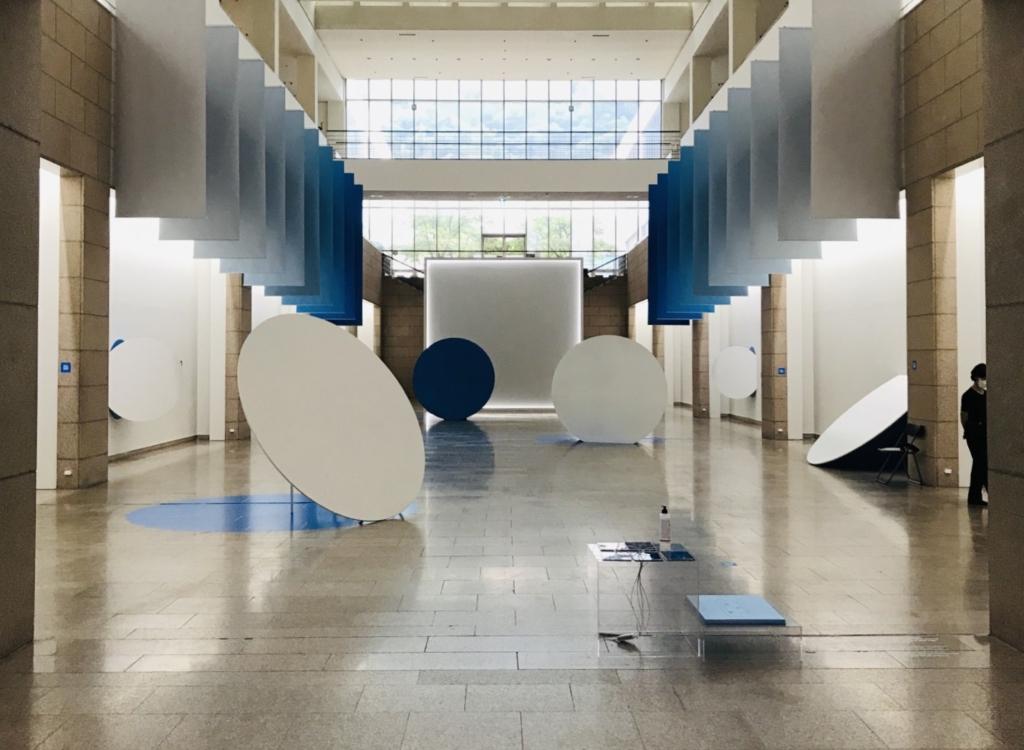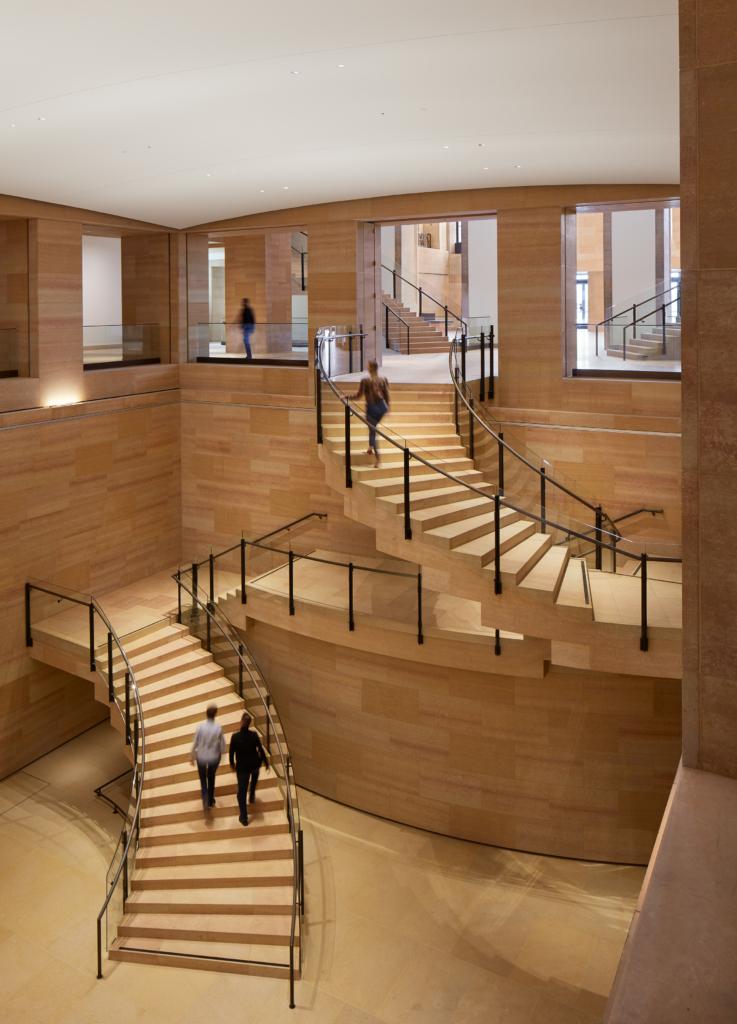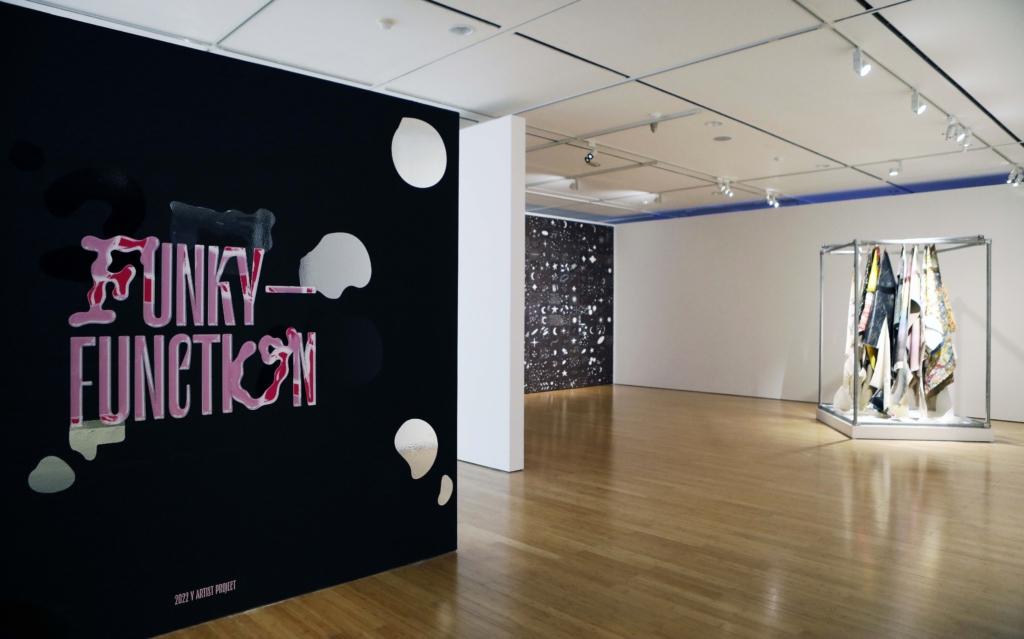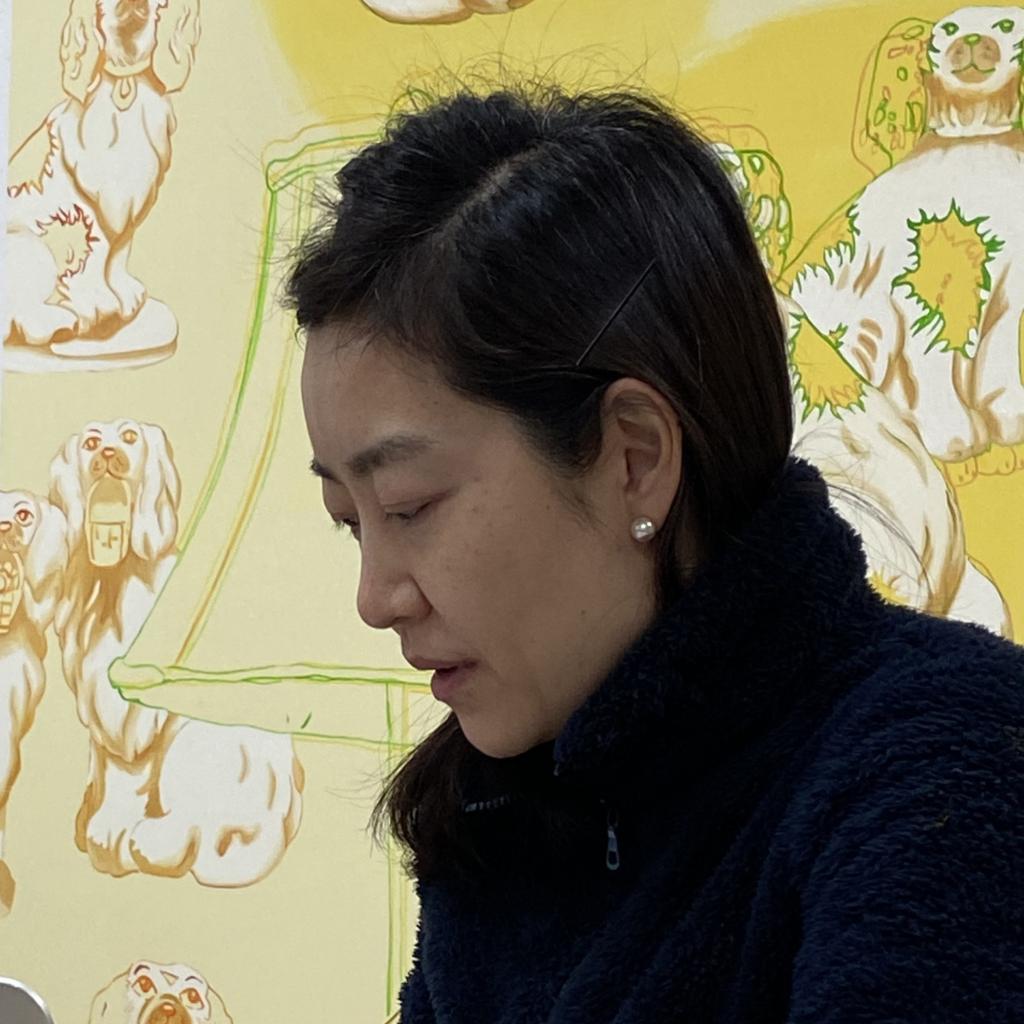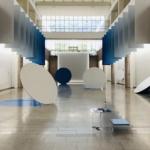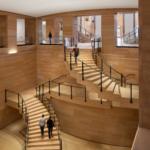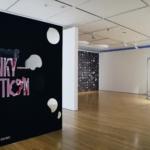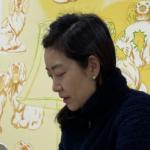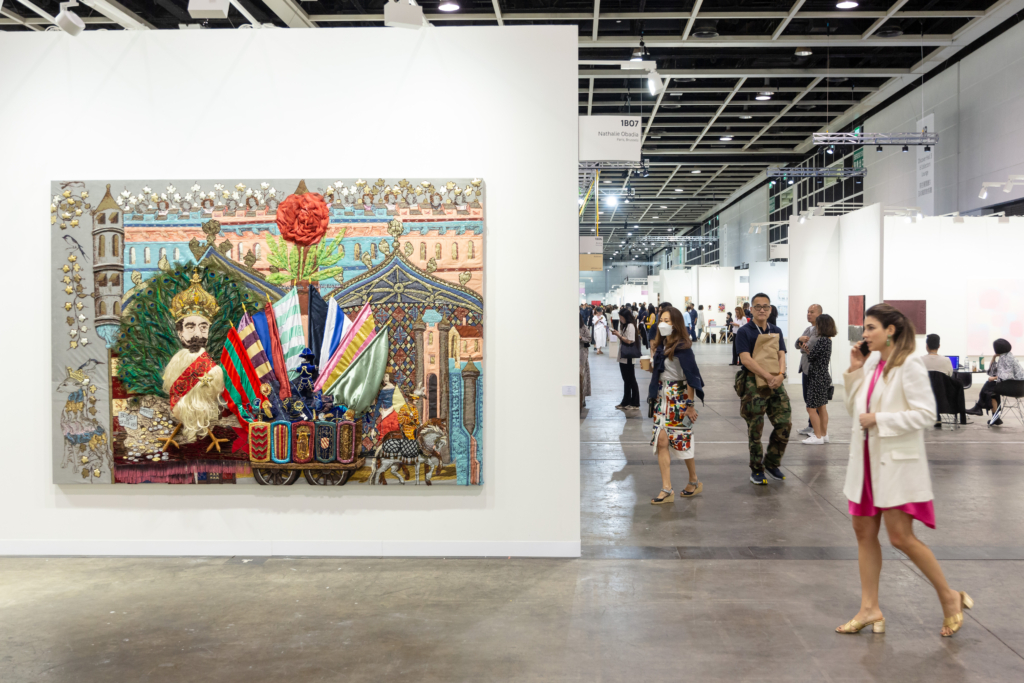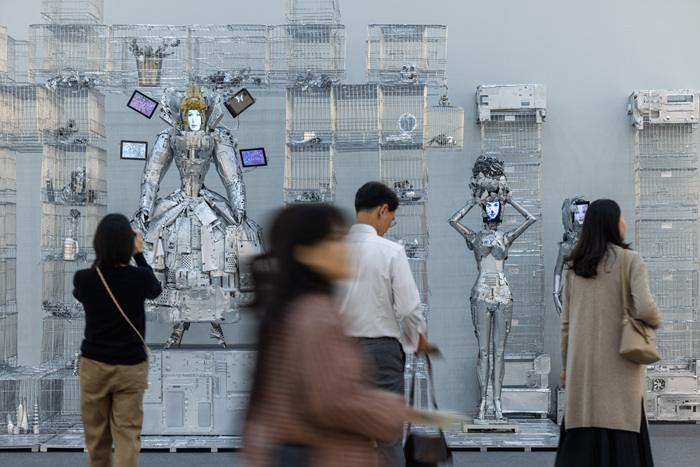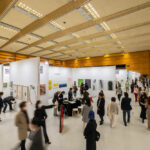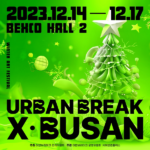Art Busan, the Direction to Take as An International Art Fair
Art Busan, which took place from May 5 to May 7 this year, has grown rapidly in a short period. For Art Busan to become a truly international art fair, it will need to include a broader range of galleries and present artworks that can attract various international art professionals.
The advantage of attending an art fair is that you get to see different galleries and artists in one place and can compare various art trends happening in different places as well as artwork prices. This art market form emerged in the late 1960s with the rise of the global economy and globalization.
According to Melanie Gerlis, a journalist specializing in the art market, the world’s first official contemporary art fair was Art Cologne in 1967. After that, the world-renowned Art Basel was founded in 1970, and other art fairs began to emerge in other European regions and the United States.
South Korea has begun to embrace this art market form by participating in international art fairs. The first case of a local gallery participating in an overseas art fair was Jinhwarang, which participated in FIAC in Paris in 1984. Since then, other major galleries in Korea, such as Gana Art, Gallery Hyundai and Kukje Gallery, have begun to participate in overseas international art fairs.
While Korean galleries have played a major role in introducing Korean art to the global art market by participating in these overseas fairs, they have also been putting in efforts to hold international-scale art fairs inside the country.
Holding an international art fair in the country means expanding the base of the local art market. By bringing together galleries from not only Korea but also various other countries, the Korean art world is able to exchange information on an international level, grasping global art trends and comparing them to the local art scene.
Among the many art fairs, Kiaf SEOUL (Korea International Art Fair), founded by the Galleries Association of Korea in 2002, and Art Busan, first established as Art Show Busan in 2012, are the two major international art fairs held in South Korea.
These two art fairs are the largest in Korea, with a number of leading international galleries participating. The major difference between the two fairs is that Kiaf SEOUL, held in Seoul, is organized by a gallery association, while Art Busan, held in Busan City, is a private company.
In Korea, many art fairs are run by associations and local governments, but the majority of art fairs outside the country are run by private corporations. For example, the world-renowned Art Basel and Frieze are both run by private companies.
Art Busan was founded by Younghee Sohn, a former art collector. In spite of its relatively late start, Art Busan was able to experience rapid and solid growth partly because it is a private company.
For association-run fairs, decision-making involves multiple steps due to the nature of the association, where member galleries are involved, and the public interest must be considered. However, as a private organization, Art Busan was able to take relatively bolder steps to become more competitive in the industry.
When director Sohn established Art Busan, she targeted Art Basel in Miami as the fair’s role model, as Busan is also a coastal resort city like Miami. Busan is known for the Busan International Film Festival, and it also has a number of luxury hotels. Moreover, various art institutions and galleries are located around the fair venue, including the Busan Museum of Art’s multicultural complex F1963, the Ralph Gibson Museum of Photography, the Goeun Museum of Photography and the Busan Museum of Contemporary Art.
To play to this city’s strengths, Art Busan established Busan Art Week during this year’s art fair. To provide opportunities to enjoy the city and art together, Art Busan collaborated with local museums and galleries to operate a free shuttle, Art Bus, that toured major art institutions in Busan City during the art fair.
Art Busan, the largest art fair held in the first half of the year in Korea, was held from May 5 through May 7. This year, a total of 145 galleries from 22 countries participated, including 111 Korean galleries and 34 international galleries. Nineteen of the participating international galleries were visiting Art Busan for the first time this year.
This year’s Art Busan was held in the largest expanded space, 1.5 times larger than last year. The fair reported that as of one day before opening, more than three times as many early bird tickets had sold as last year.
Art Busan’s sales have grown steadily, with about 15 billion Korean won in 2018, 35 billion Korean won in 2021 and a record-breaking 74.6 billion Korean won in 2022. This year, however, the art fair did not disclose sales results and only noted in its 2023 results press release that “most of our major galleries had strong sales this year.”
Despite the art market being in a downturn, sales at large galleries were shown to be robust as big-money collectors buy art regardless of the economy.
Kukje Gallery reported sales of works by Ha Chong Hyun, Wook-kyung Choi, Ahn Kyuchul and Haegue Yang. Gallery Hyundai said it sold works by Lee Kun-Yong, Seung-taek Lee, Lee Kangso, Simon Fujiwara and Minjung Kim, while Leeahn Gallery sold works by Taek-Sang Kim and Kim Tschoon-Su.
The increasing influence of young collectors was also witnessed at the fair. This trend was also evident at the Galleries Art Fair held in Seoul in the early first half of the year.
Many of the participating galleries were looking to appeal to a younger audience with mid-priced works. The booths of small and mid-level galleries were placed in the main sections of the art fair, and the unique works by young artists in their 20s and 30s attracted the visitors’ attention throughout the fair.
The list of the participating galleries’ sold-out works reflected this changing atmosphere at the fair. The fair mentioned that artworks with relatively lower prices were sold out this year rather than expensive masterpieces.
313 Art Project sold works by Woo Kukwon, ATELIER AKI sold five new works by Qwaya and three new works by Jeong Seongjoon, CHOI&CHOI Gallery sent eight works by Matthew Stone to a collector in Thailand, and ThisWeekendRoom sold all of the works by emerging German artist Lucas Kaiser.
However, participating galleries noted that collectors made their purchases more carefully this year. Last year, collectors were more willing to pay for artwork, even if it was expensive, but this year, fewer people came to buy.
As in previous years, younger collectors continue to have a strong influence on the art fair market. However, the crowds that lined up to enter art fairs in the first half of this year are now gone.
Compared to other art fairs in Korea, Art Busan has shown initiative and drive and has grown rapidly in a short period.
However, there is more work to be done by Art Busan as the Korean art scene has been undergoing a radical transformation after the inauguration of Frieze Seoul, along with the influx of international galleries and art institutions into the country.
For Art Busan to become an art fair that is truly international in the future, it will need to engage galleries from a broader range of countries and present more meaningful works that can attract not only individual collectors but also various international art professionals to the art fair.
Related Links
Aproject Company. Co., Ltd | Founder & CEO : Jay Jongho Kim
216 Dosan-Daero, B2F, Gangnam-gu, 06047 Seoul, Korea
Business Number : 894-88-01945
Contact : aproject.company@gmail.com
Mail-order-sales registration number : 제 2021-서울강남-04243 호
























